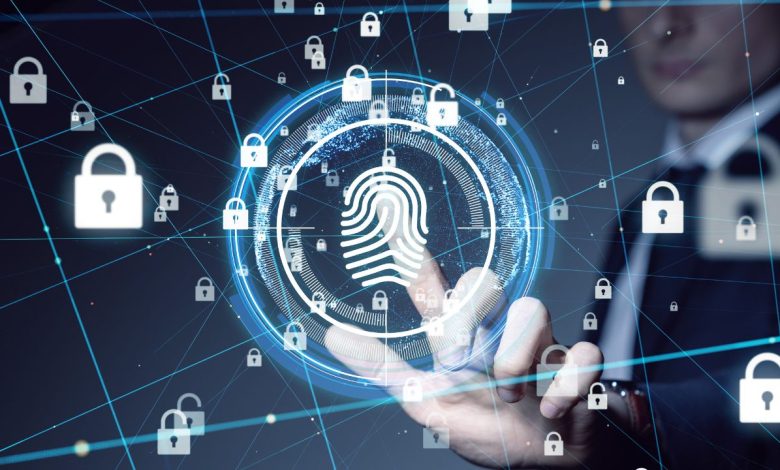Biometrics in Aviation Security: Enhancing Passenger Safety

Introduction to Biometrics
In the realm of security, biometrics stands as a modern-day marvel. It refers to the measurement and statistical analysis of people’s unique physical and behavioral characteristics. These include fingerprints, facial patterns, iris structures, voice tones, and even walking gaits. Biometrics, particularly in aviation security, has emerged as a paramount tool in enhancing passenger safety…
Evolution of Biometrics in Aviation Security
Traditional Security Measures
Traditionally, aviation security relied heavily on manual checks, identification documents, and security personnel. However, these methods were susceptible to human error and fraudulent activities.
Integration of Biometrics
With technological advancements, the aviation industry has embraced biometric authentication as a superior alternative. Biometrics offer a seamless and efficient way to verify passengers’ identities, minimizing the risk of unauthorized access and enhancing overall security.
Advantages of Biometrics in Aviation Security
Biometric systems provide numerous advantages, including enhanced accuracy, speed, and convenience. They streamline airport processes, reducing waiting times and improving the overall passenger experience.
Biometric Technologies Used in Aviation Security
Facial Recognition
Facial recognition technology analyzes facial features to verify individuals’ identities. It has become increasingly prevalent in airports worldwide, facilitating faster check-in and boarding processes.
Iris Scanning
Iris scanning involves capturing high-resolution images of the iris to identify passengers. This biometric modality offers unparalleled accuracy and is particularly useful in immigration and border control.
Fingerprint Recognition
Fingerprint recognition remains one of the most widely used biometric modalities. It relies on unique patterns present in an individual’s fingerprints to authenticate their identity.
Voice Recognition
Voice recognition technology analyzes speech patterns and vocal characteristics to verify individuals’ identities. While less common in aviation security, it holds promise for future applications.
Implementation of Biometrics in Airport Processes
Check-in and Boarding
Biometrics expedite the check-in and boarding processes by eliminating the need for physical documents and manual verification. Passengers can simply scan their biometric data, such as their face or fingerprint, to proceed through security checkpoints.
Security Screening
Biometric systems enhance security screening procedures by accurately identifying passengers and flagging potential threats. They enable security personnel to focus their attention on high-risk individuals, thereby improving overall safety.
Immigration and Customs
Biometric authentication is extensively used in immigration and customs processes to verify travelers’ identities and enhance border security. It ensures that only authorized individuals are granted entry into a country.
Challenges and Concerns
Privacy Issues
Biometric systems raise concerns regarding the collection and storage of sensitive personal data. There are apprehensions about potential misuse of biometric information and the infringement of individuals’ privacy rights.
Data Security
Securing biometric data is paramount to prevent unauthorized access and identity theft. Stringent measures must be in place to safeguard biometric databases from cyberattacks and data breaches.
Accuracy and Reliability
While biometric technology offers high levels of accuracy, it is not infallible. Factors such as environmental conditions and variations in individuals’ biometric traits can affect system reliability and performance.
Future Prospects and Innovations
Continuous Authentication
Future biometric systems may incorporate continuous authentication mechanisms to monitor passengers’ identities throughout their journey. This ensures ongoing security surveillance and minimizes the risk of fraudulent activities.
Multi-Modal Biometrics
Multi-modal biometric systems combine multiple biometric modalities to enhance accuracy and reliability. By leveraging different physiological and behavioral traits, they offer robust authentication solutions.
Artificial Intelligence Integration
The integration of artificial intelligence (AI) enhances the capabilities of biometric systems by enabling real-time data analysis and pattern recognition. AI algorithms can adapt to evolving security threats and improve system efficiency.
Conclusion
Biometrics play a crucial role in enhancing aviation security and ensuring passenger safety. By leveraging advanced technologies such as facial recognition, iris scanning, and fingerprint recognition, airports can streamline security procedures and mitigate
security risks. However, challenges such as privacy concerns and data security must be addressed to foster public trust and confidence in biometric systems.
FAQs
How accurate is biometric technology in aviation security?
Biometric technology boasts high levels of accuracy, with error rates significantly lower than traditional identification methods.
Are there any privacy concerns with biometric systems?
Yes, there are concerns regarding the collection, storage, and potential misuse of biometric data, raising privacy issues among passengers and privacy advocates.
Can biometric data be stolen or misused?
While biometric data is encrypted and stored securely, there is always a risk of unauthorized access or data breaches, highlighting the importance of robust security measures.
What measures are in place to ensure the security of biometric data? Airports implement strict protocols and encryption techniques to safeguard biometric databases, including access controls, encryption, and regular security audits.
How does biometric technology benefit both passengers and airlines? Biometric technology streamlines airport processes, reducing wait times for passengers and improving operational efficiency for airlines. It enhances security measures, ensuring a safer travel experience for all stakeholders.



